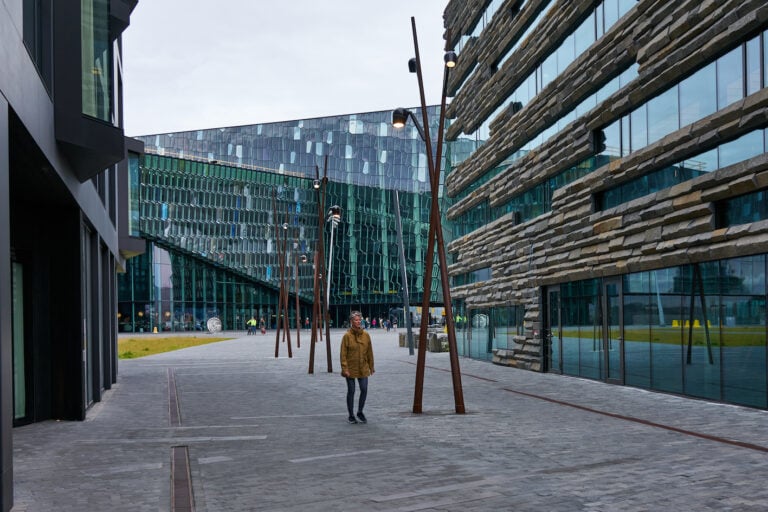The city centre, postal code 101, is the oldest part of Reykjavík. In Kvosin, a village began to form in the latter part of the 18th century in what is now Adalstræti. The downtown area is defined by Snorrabraut to the east, Gardastræti to the west, and the eastern part of Reykjavík harbour, including Reykjavík Airport. The neighbourhood’s population is small; of Reykjavík’s 145,571 residents, only 11,498 live in the city centre. The downtown area is the hub of national and city administration, where you’ll find the Parliament, ministries, the Supreme Court, the National Gallery of Iceland, the Reykjavík Art Museum, and the National Theatre. It is also home to the city’s main landmarks, such as Hallgrímskirkja church, Austurvöllur square, Tjörnin with Reykjavík City Hall, the main shopping streets Laugavegur and Skólavördustígur, the new Hafnartorg, and many of the country’s largest and finest hotels. Although the city centre was nearly fully developed over 80 years ago, before World War II, it is constantly being changed and improved. Icelandic Times took a leisurely walk through the downtown area of the capital and photographed new buildings that have been constructed in the oldest part of the city in recent years. The easternmost part of Hverfisgata has probably seen more changes in recent years than any other part of the city centre.

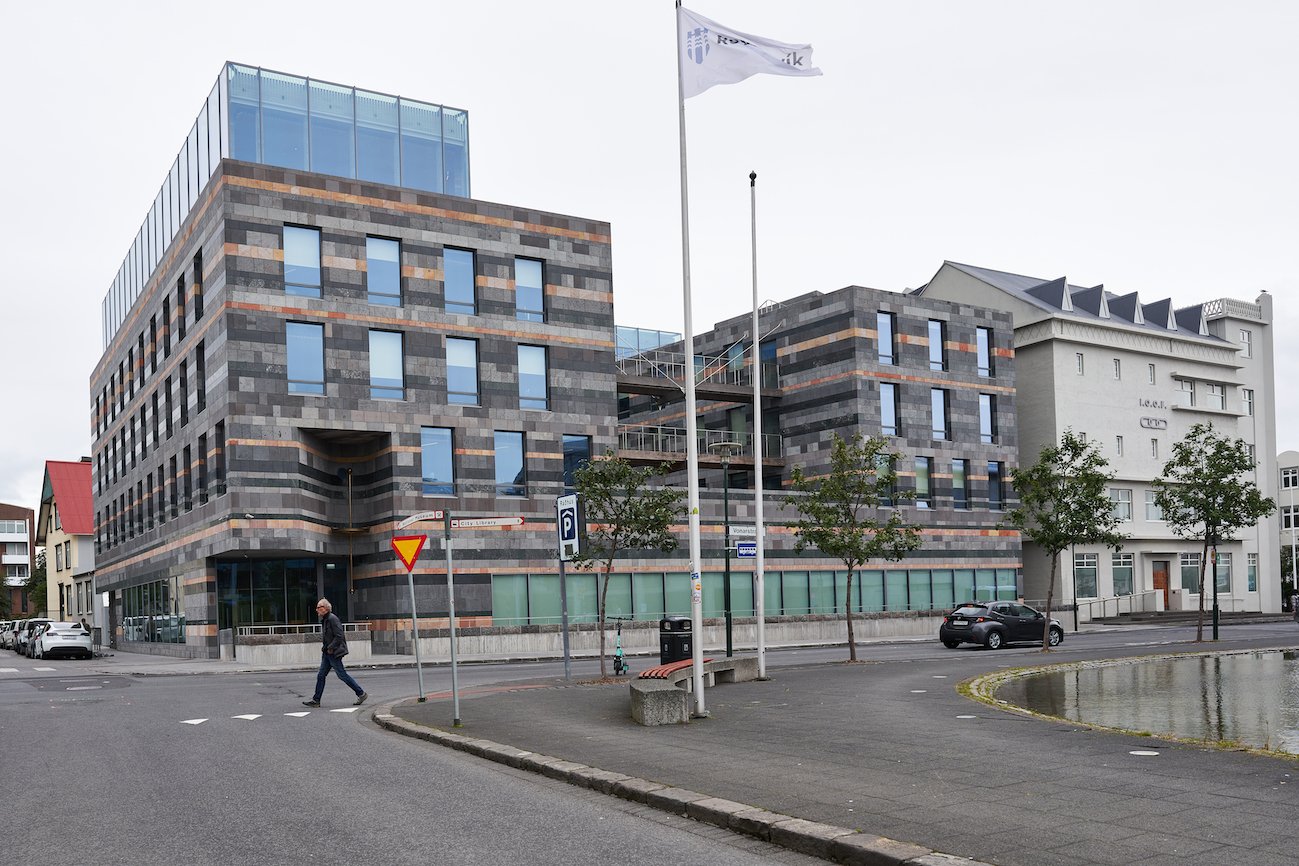
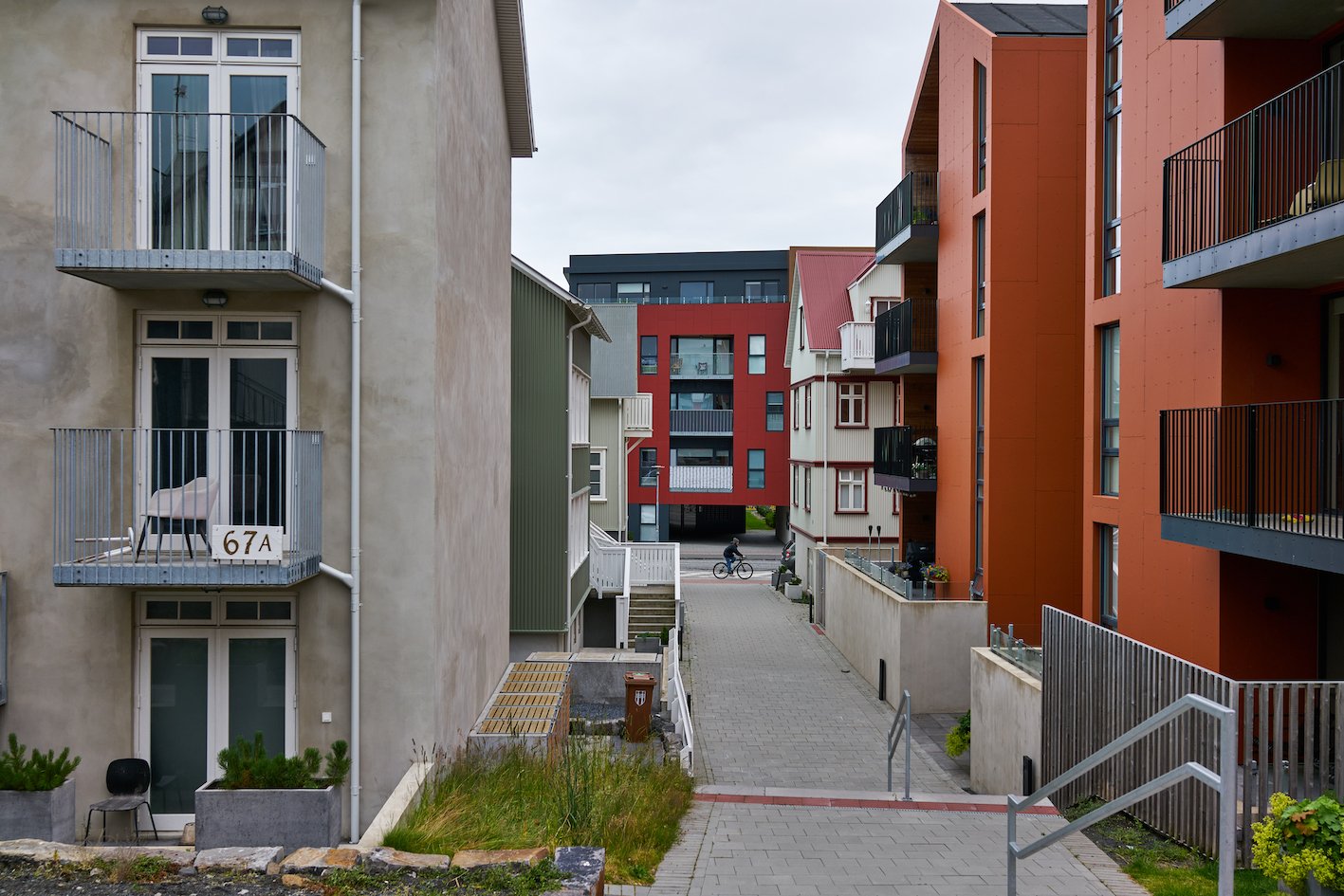
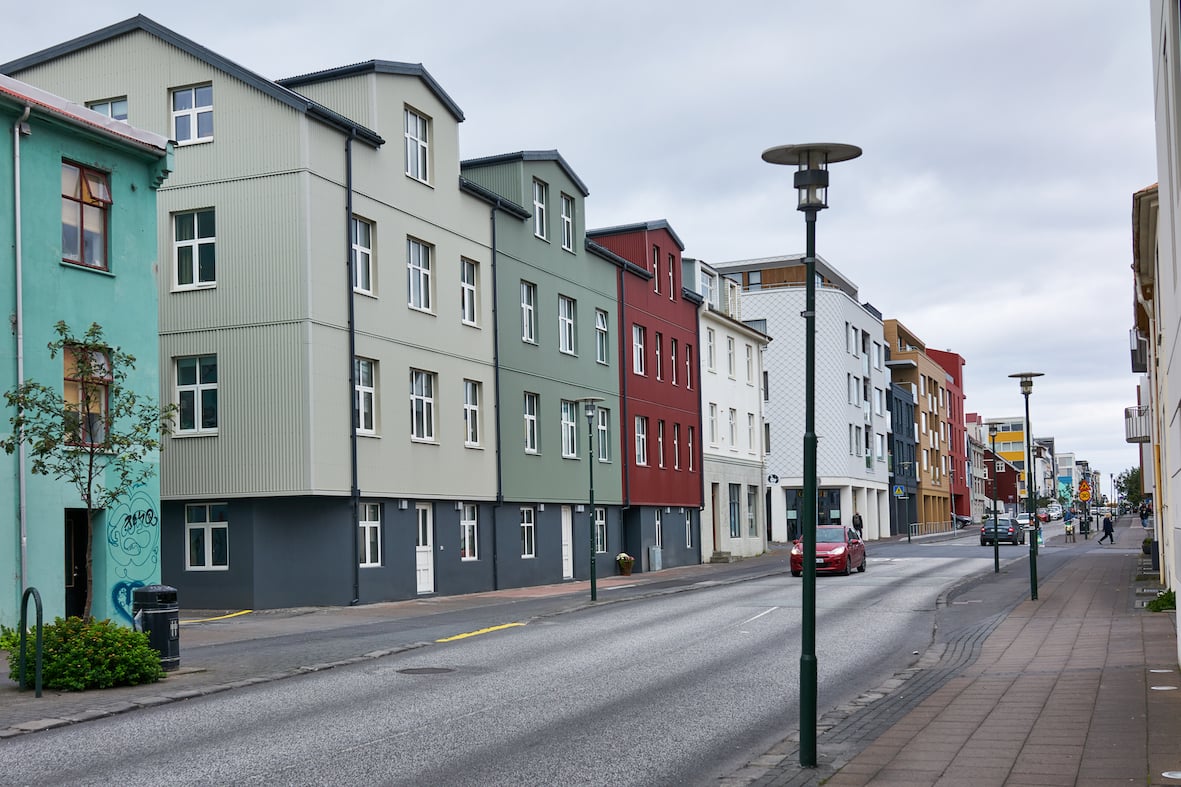
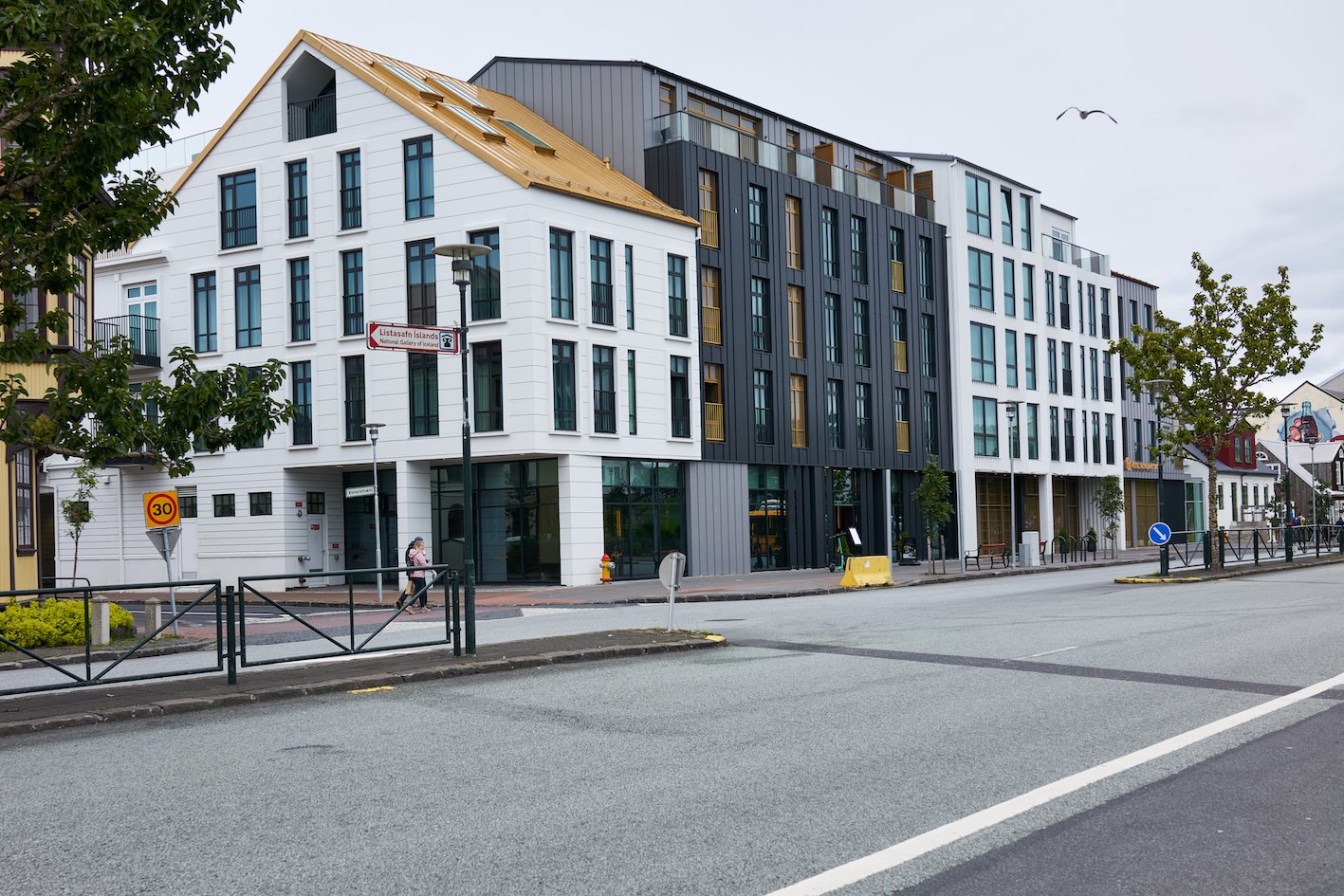
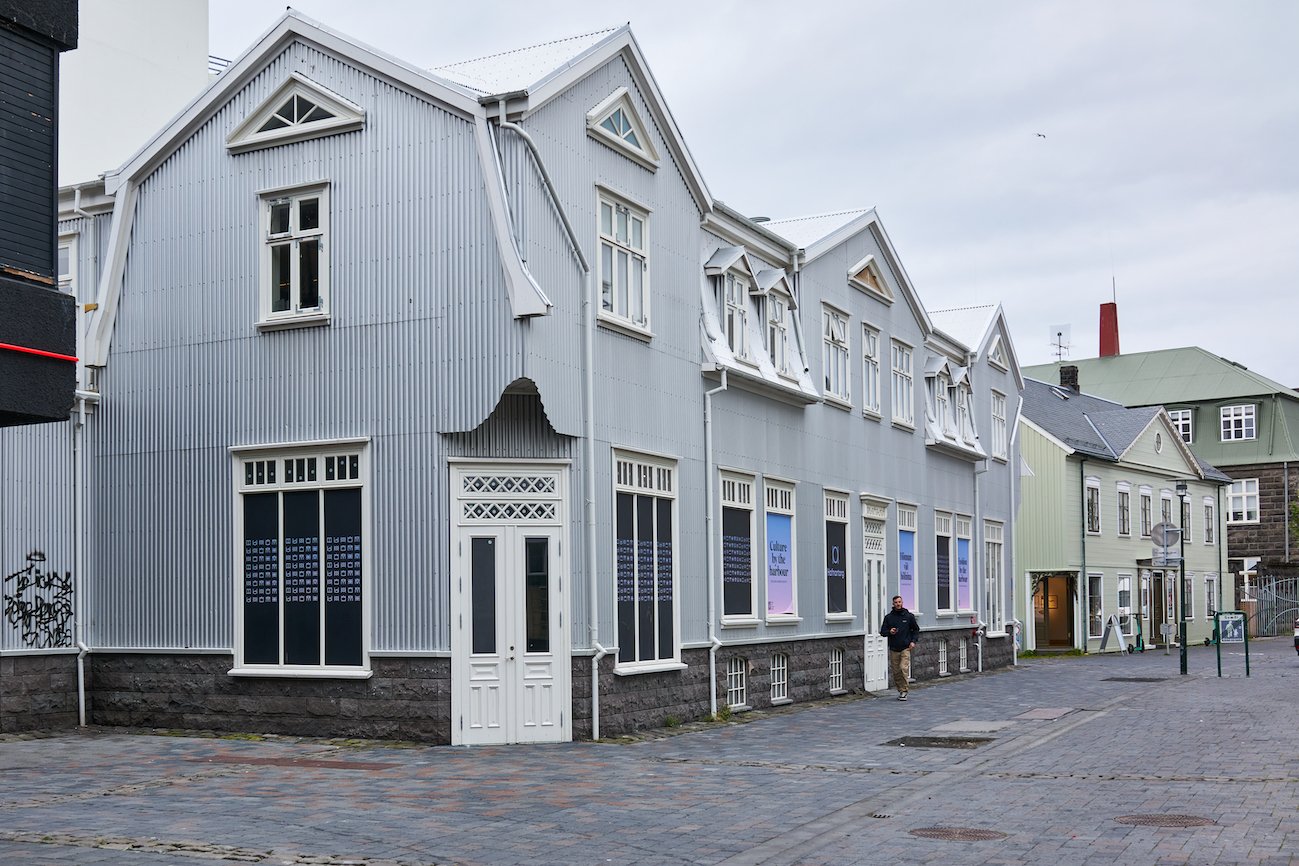
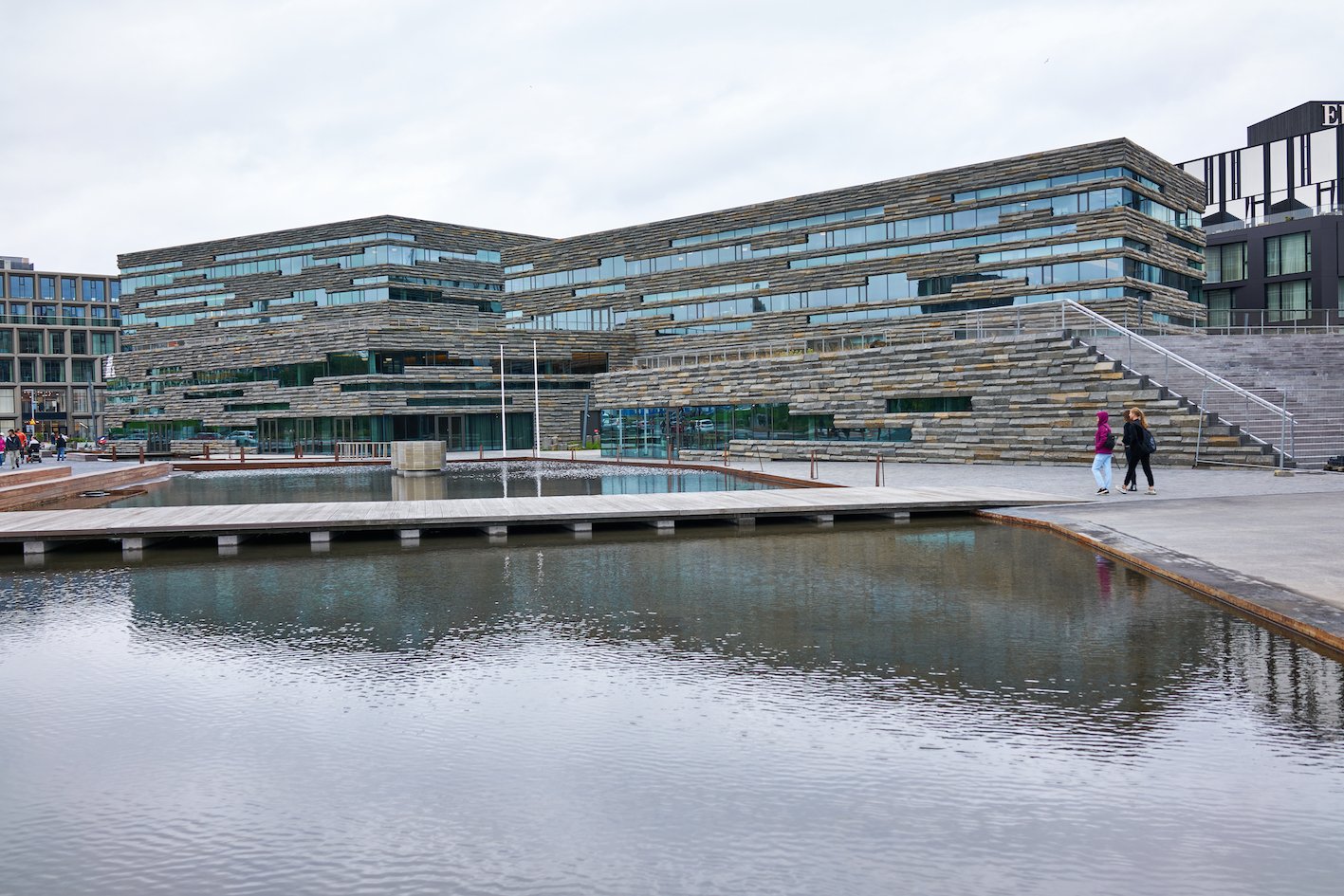

Reykjavík 15/08/2024 : A7R IV, RX1R II – FE 1.8/20mm G, FE 1.2/50mm GM, 2.0/35mm Z
Photos & text : Páll Stefánsson



